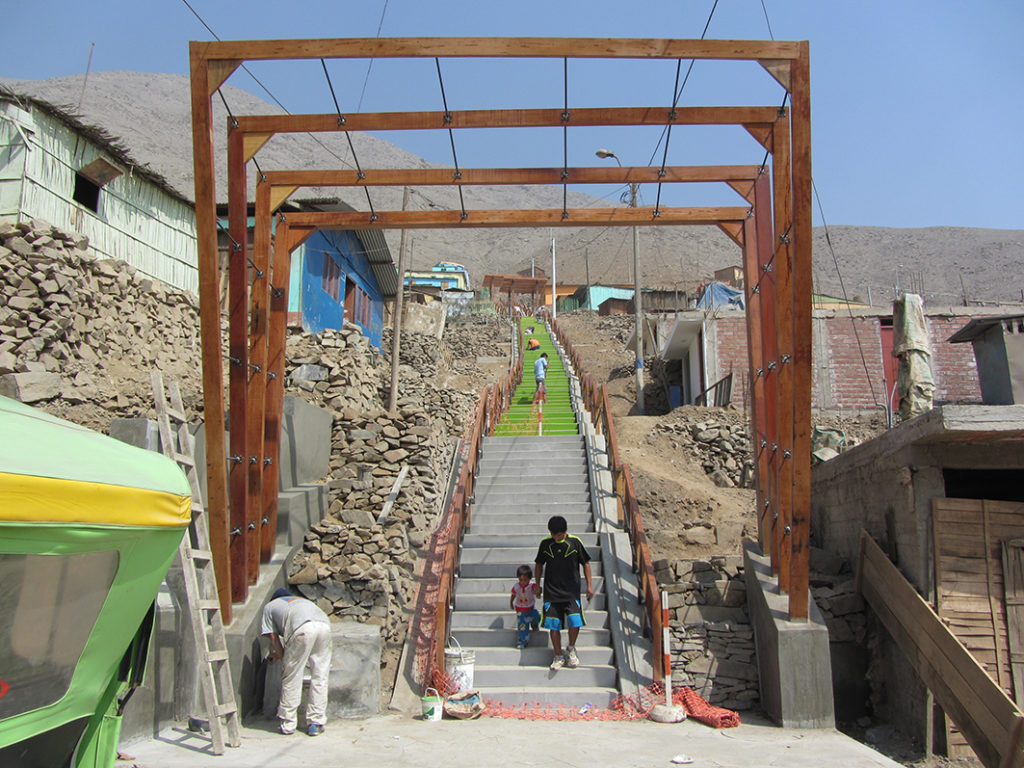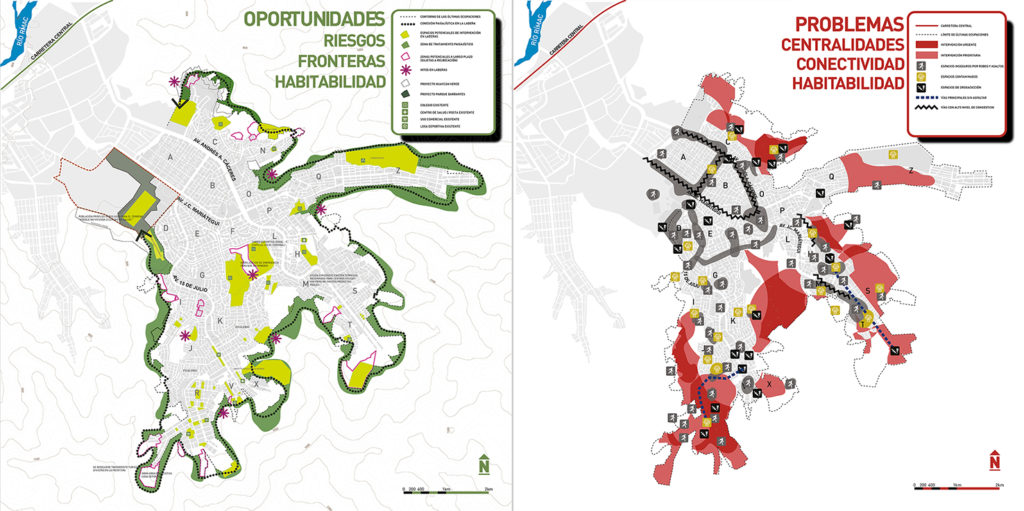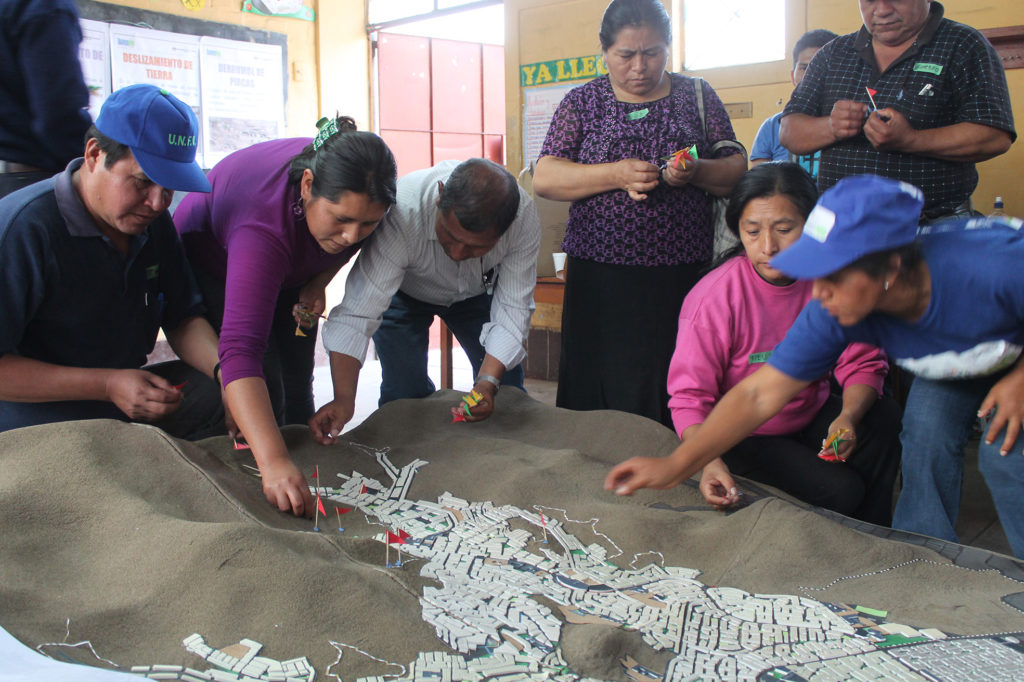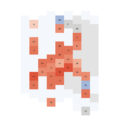Implemented by the Municipality of Lima between 2012 and 2014, Barrio Mío aimed regenerating vulnerable areas of the city through infrastructure projects and support to community-led initiatives. The program implemented risk-mitigation infrastructure, such as contention walls and improved access to slopes, developed participatory strategic plans to stir public investment, and coordinated the deployment of municipal social services in the vulnerable areas of Lima.

In Barrio Mío I led the team who developed the PUIs (Urban Integral Projects) in Huaycán (Ate) and Mariscal Cáceres (San Juan de Lurigancho). PUIs are strategic planning documents co-developed through a participatory process with the neighbors and organisations living and working in vulnerable areas of the city to focus the public investment in infrastructure, open spaces and social services.

Participatory work involved workshops with different social groups and civic organisations around key topics such as urban facilities and services, public space, risk mitigation, the urban fringes, and mobility systems. The team was multidisciplinary and involved social scientists, anthropologists, architects, planners, or engineers.

9 Urban Integral Projects (PUI) were included in the Lima 2035 Urban Plan, developed by the Municipality between 2013 and 2014.
The book Otro urbanismo para Lima: Más allá del mejoramiento de barrios, edited by Molnarova, Rodríguez Rivero, Espinoza & Fort Meyer in 2017, compiles a series of articles about different aspects of the program Barrio Mío.
You can also read more about Barrio Mío’s PUIs in the two blog posts I wrote at Paisaje Transversal: Part 1 and Part 2.







